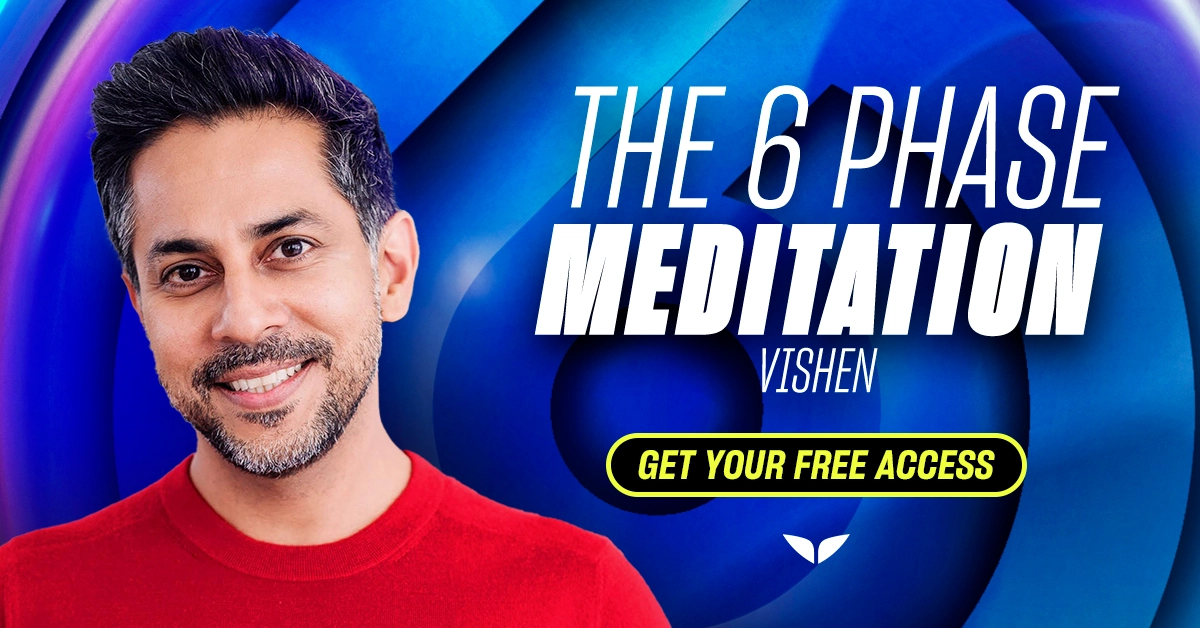Paying attention for more than a few minutes at a time is at the heart of attention deficit disorder, or ADD.
For children and adults diagnosed with ADD (or attention deficit hyperactivity disorder, ADHD), there is a treatment available that can complement a medical treatment protocol and in some cases even replace it. It’s an age-old practice: meditation.
Fortunately, meditation as a treatment for ADD is becoming more widespread and accepted in the medical community – it creates a more holistic approach to treatment, and allows for non-medical options.
How Meditation Helps
Mindfulness meditation, or being “present and aware” is one type of meditation that has shown great promise in the treatment of ADD/ADHD. Although mindfulness meditation is part of many religious traditions, it is not necessarily religious in nature. It is a practice of being aware and it is a mental exercise for training the mind.
Mindfulness meditation is useful as treatment for ADD because meditation is extremely effective at teaching self-control, including the ability to hold attention.
A person can be internally-aware (or self-aware) and be mindful or pay attention to the thoughts, emotions and physical sensations; this helps a person be less impulsive. It also results in better decision-making that is based on rational thought rather than heightened emotions. A person can also be externally-aware and be mindful or pay attention to the environment and what is going on at the moment.
But if a person with ADD can’t hold their attention, how will they ever succeed at learning to meditate?
That is the question that researchers and medical professionals have been asking for some time.
The answer lies in the process. A person with ADD cannot be expected to sit quietly for half an hour – although that can be a challenge for any beginning meditator! So the most effective approach is to start small and slowly build up to longer sessions.
However, the length of the meditation is far less important than the quality of the meditation – in other words, how the individual is able to control their mind. 5 minutes of intense focus is more beneficial than an hour of random, wandering and uncontrolled thoughts.
Using Omvana to entrain the brain to the meditative frequency may be an effective option in helping teach focus and attention.

Meditating for a mere five minutes doesn’t seem like much, but for a person with ADD, it can seem like an eternity. It may take some time to settle into a short meditation; once that happens, the sessions can be extended slowly until the desired goal is reached.
People with ADD also respond well to walking meditation as an alternative to seated meditation. The practice is completely different since you must be aware of your body while you walk; whereas in ‘sitting meditation’, you can temporarily lose all sense of your physical self! Walking meditation is the practice of being aware of the act and the experience of walking.
Walking is such an automatic thing for people that we scarcely give it any thought at all. But to train the mind, you must direct it. And walking meditation gives you something to focus on that is both repetitive and different with each step – a very easy way to keep the mind occupied and focused!
Guided meditation is an excellent choice because people with ADD are typically visual learners. A skilled teacher can use visual metaphors to promote a sense of calm and to teach students of all ages how to be mindful of the activities in their mind, without running off with every thought that floats into the awareness.
In the beginning, maintaining focus for long will be a challenge. It’s the nature of the untrained mind to be easily distracted so mindfulness meditation is more about deliberately guiding the mind back to the breath, not so much on holding it there. With practice, it becomes easier to return to the point of focus and hold it there for longer and longer periods. The benefits of this practice are then easily translated to everyday occurrences like school and work.
On a physical level, meditation also helps with ADD by increasing the levels of serotonin and other feel-good hormones (lack of serotonin has been linked to severe depression).
Have you ever noticed that when you’re happy, it’s easier to focus, and when you’re agitated and stressed, it’s almost impossible?
For that reason, stress relief may be a benefit of a daily meditation practice that has very profound effects on ADD treatment protocols.
Meditation is a powerful self-mastery practice. Aside from improved focus, the individual learns impulse control, emotional control, self-awareness, intuition and clarity of thinking that leads to better organizational skills, problem-solving and academic performance.
In essence, better decisions are the result of daily meditation practice. This applies to decide to act or speak as well as planning and problem-solving.
Meditating for a little while every day is not going to cure ADD in every case! It’s a start, and it may possibly be all that’s needed in some cases; but for most, meditation may need to be combined with medical treatment and other behavioral modifications as part of a holistic approach.
The greatest benefit of using meditation as a treatment for ADD may be that the individual develops a sense of control over his or her life. No more automatic, impulsive reactions to stimuli; no more wandering attention; no more feelings of inadequacy or inability to follow through on an assignment.
No one can ever have control over the rest of the world, but we can all benefit from the self-control that a daily meditation practice teaches us. Ultimately, this results in a huge increase in self-confidence and self-esteem and a much more positive outlook on life.







